Just this winter a nice peach tree died having got too much ground water due to the severe flooding and left the problem of what to do with the large hole in the shrubbery … I cut the now dead branches to a compact shape and planted a climbing rose to use the skeleton tree as a support … still looked pretty bleak so out came the trusty pot of Majorelle blue paint and I think it looks great and provokes a smile when you see it !
When a mature tree just ups and dies it invokes discussion on how this could happen and there can be a variety of reasons why a tree with a life expectancy of 100 years pops its clogs . In the garden here we have lost several mature conifers over the years and in their case it seems the roots hit a patch of toxic soil ( a lot of copper deposits here ) but there has also been a ten year old beautiful purple beech growing away happily in a patch of brambles while it’s neighbour just metres away is still thriving … annoying and upsetting especially with the beech as they are a favourite of mine and in the early days I lost about ten silver birch which had been bought as large specimens … in that case the Nursery that sold them admitted that a sacked employee had sprayed several hundred nursery trees with round up as a non voluntary redundancey package farewell gift but at least they covered the cost and replaced the trees .
When I choose a colour for a garden seat or a new pot to plant up it is almost always a primary colour I go for , blue majorelle paint with garden furniture and usually red or blue with a new container … it wasen’t always so as the first time fifteen years ago Snezana visited a garden centre it was to buy a red pot and I was horrified , totally agin it as they say but I was slowly converted to her taste ( some nasty minded people would I was bullied ! ) … anyway bullied or not I am now a convert to Macedonian / Danish design !
In fairness I was entirely self educated as a gardener when I started back in the 1970’s , there was no tradition of gardening in Rosslare and no mentors to take me in hand and give guidance and I got all my gardening education from British garden writers such as Christopher Llyod , Beth Chatto , Stephen Lacy and Robin Lane Fox who were staunchly conservative and if it was a pot it had to be terracotta and fancy colours were for those pansy Italians and French !
Last month I showed the new Luytens garden seat in it’s new location but over the next few weeks I felt something was missing to add some oomph when it came to me that the scene needed a touch of extra colour to highlight the blue and an onion shaped red pot that all those years ago had been Snezana’s first purchase for the garden was the missing key … tried it and yes it clicked but of course now there was a space left in it’s previous location and to fill this today I bought a new red egg shaped pot to put in the vacant space .
To fill the new pot I used a combination of John Innes potting compost mixed with garden soil and leaf mold , planted as a centre piece an evergreen saracocca hookeriana variety digyna , which has a slight variegation from the common sweet box and underplanted it with an ornamental grass , hakonechloa and a dwarf fuchsia variety delta’s sarah and both of these secondary planting will provide flowers and colour in the summer … the final touch was to top up the pot with pea gravel which will help retain the moisture in dry periods and also looks good .
Normally with pots I tend to emphasise their height by supporting them on old bricks and lately with left over cuts of railway sleepers but this pot didn’t look right with either of these methods so I used a paving slab mounted on old bricks . Keeping the pot off bare earth is also useful in winter as water can freeze and eventually break the pot .
In July gardens in the UK and Ireland are at their lush peak particularly those architectural plants with the huge leaves and in this genre my absolute favourite perennial plants are hostas , gunnera , darmera and rodgersias which have huge presence in any garden location but which thrive in partial shade although the various rodgersia varieties do well in full sun also provided the ground is not too dry . I love the dramatic foliage of these plants and have them all over the garden but for some reason this rodgersia does best of all and this may be due to the fact that I empty the wood ash from the stove in the winter months all over the dormant crowns of the plant at this location in the front garden .
Visitors to the garden in July … the Cashel Horticultural Society .
I was back in Croatia early in July to check the final stages of the garden I have set out for a friend in the newly acquired olive area and am really delighted with the way the new paths and stair case have worked out . As usual the local Immotski stone masons tweaked the design a bit using their traditional experience of building in stone and the paths ended up a bit wider than I expected but are all the better for it and the entrance winds its way gradually through the olive trees in long easy tranches and again as usual Zdenko Zivkusic was a hard task master when supervising the work although I feel here that the Immotski Team took a very personal interest in delivering their best work but Zdenko’s presence was absolutely crucial to ensure that the project has worked out so well .
I used only terracotta pots throughout the new area as I felt the dappled shade from the olive trees called for restraint although I am not ruling out some primary colours at a later stage as the landscape gets used to the new stone works and I transferred some plants from other parts of the garden which I had planted up in May during my last visit … one plant in particular a purple tradescantia pallida which along with the aquave is my favourite plant in Dalmatia and which I saw for the first time twenty years ago while stationed in Montenegro during the war in Yugoslavia and on a day off I visited in Herceg Novi the garden of Ivo Andric , the Yugoslav Nobel Peace Prize winner famous for his novel The Bridge on the Drina .
There was an entire raised bed containing just tradescantia and the mass of purple leaf created an amazing feature .
In Ireland and the UK tradescantia can only be grown as a house plant but it survives the winter along the Adriatic and I have used it extensively throughout this garden over the years and it is terrific in shade and it’s unusual nickname in the UK is wandering jew probably because it propagates itself easily … the name is no doubt racist in origin and certainly not meant in a complimentary manner I am sure … racist or not tradescantia is a gorgeous plant and I love it .
The last terrace had to be postponed as the boundary wall did not look safe enough to remain standing as the design was to level out the mound of stony soil so a new retaining wall is needed … due to the tourist season and the ferocious heat ( average 36 deg in July / August ) this will be tackled in September .
I am delighted with the way the project has worked out and even though I designed it I must hand the credit for the way it has turned out to the magnificent team of stone masons from Immotski and the scrulpulous detail of their workmanship and also of course the on site supervision of Zdenko Zivkusic who brought the design to fruition without much input from me .
The finished walls , terraces and paths in the Olive Grove Project at Gornija Podgora , Croatia , July 2016 .
I will keep the planting simple just local plants that thrive in Dalmatian heat but also that will not dominate but complement the stone paths and terraces mainly santolina , a few lavender ( very few as here in their natural mediterranean home they tend to get too big unless pruned to an inch of their life ) , some low growing prostrate rosemary around the seating area on the top terrace and a few normal rosemary for the boundary which will be cropped into metre high mounds interspersed with one or two oleander bushes while sempervivums will be threaded through the stone walls and finally local iris’ in clumps along the perimeter wall .
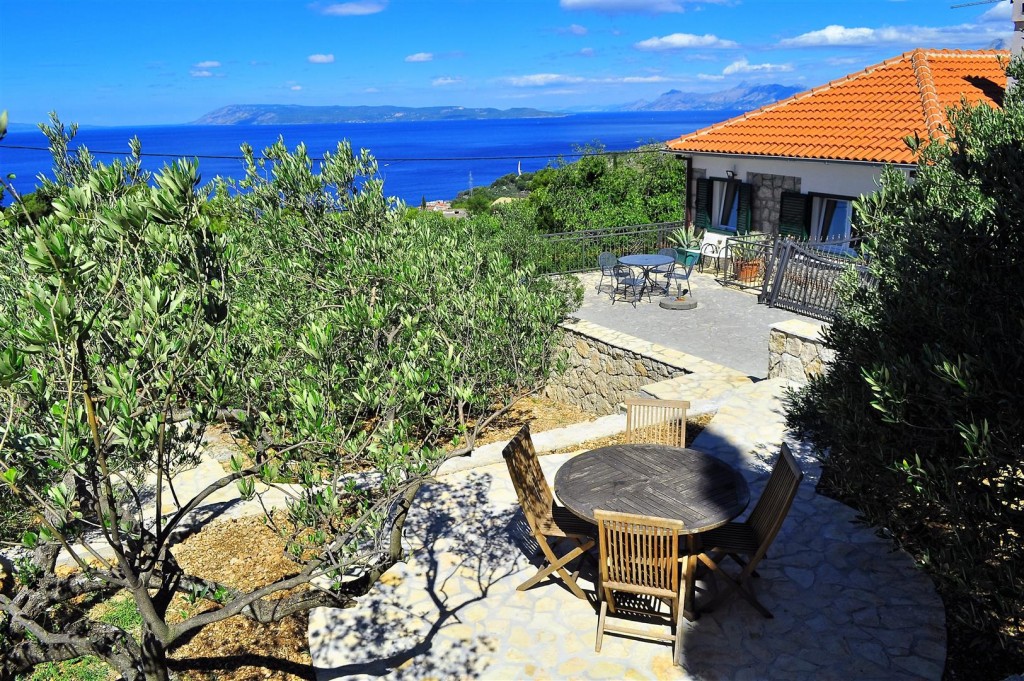
The view from the middle terrace across to the Island of Brac and Split , Dalmatian Coast July 15th 2016
A view to die for from the top terrace at sun set .
All the stone work has now been completed apart from the new retaining wall on the top terrace which will be built in September on the return of the Immotski stone mason team and the final touch will be the erection of new railings which is Zdenko Zivkusic’s speciality and before I left he had installed the new front railings .


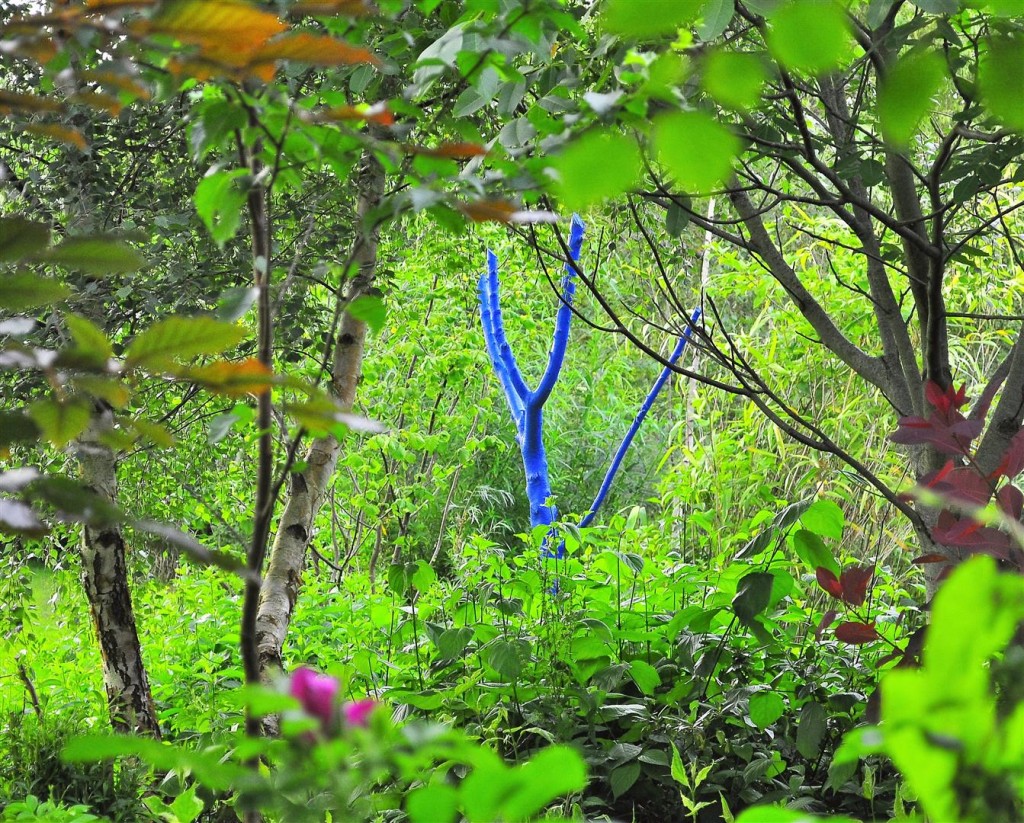

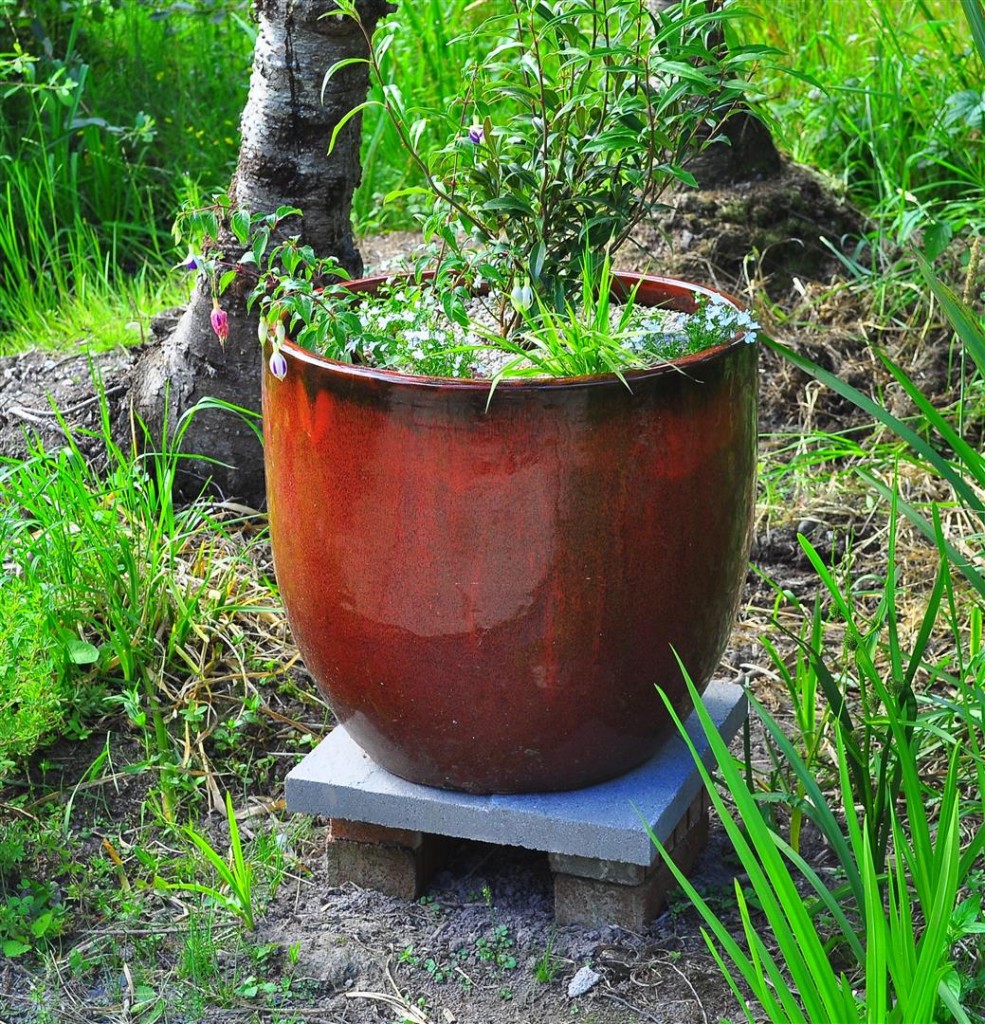
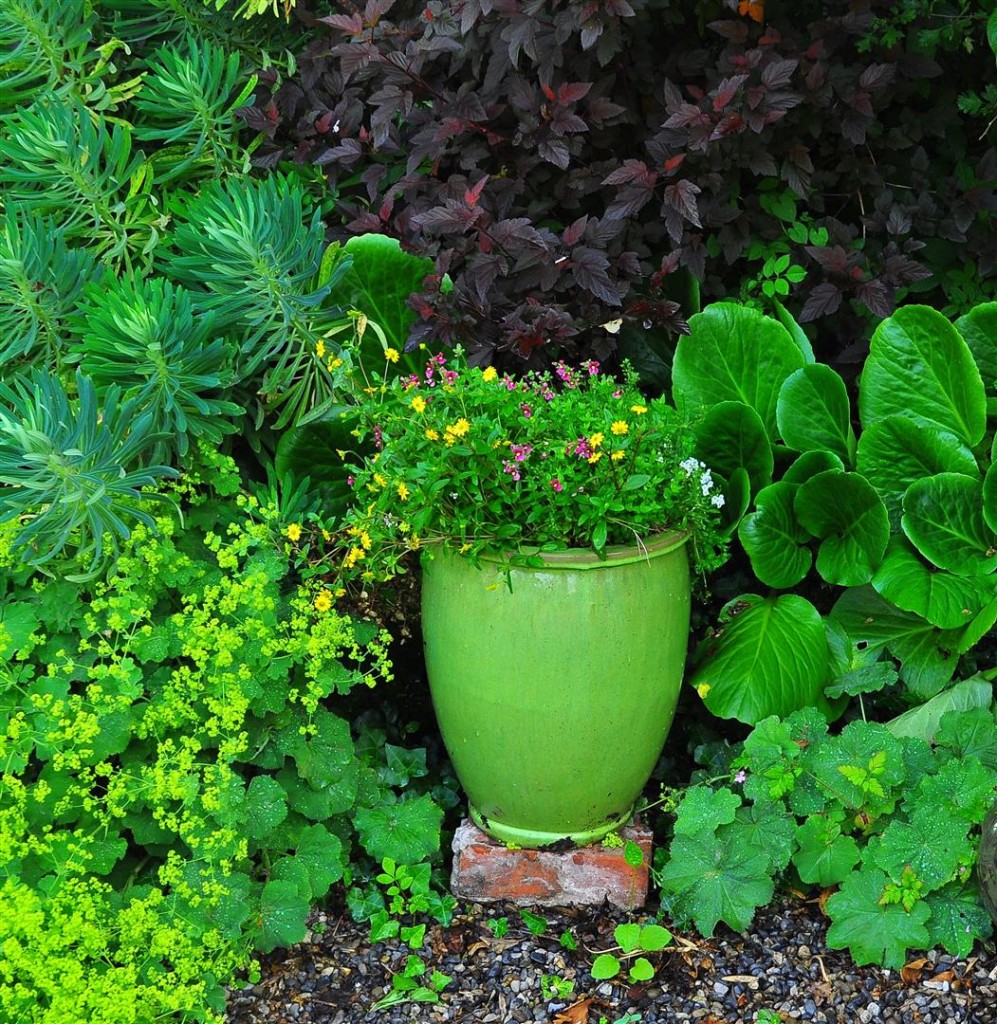
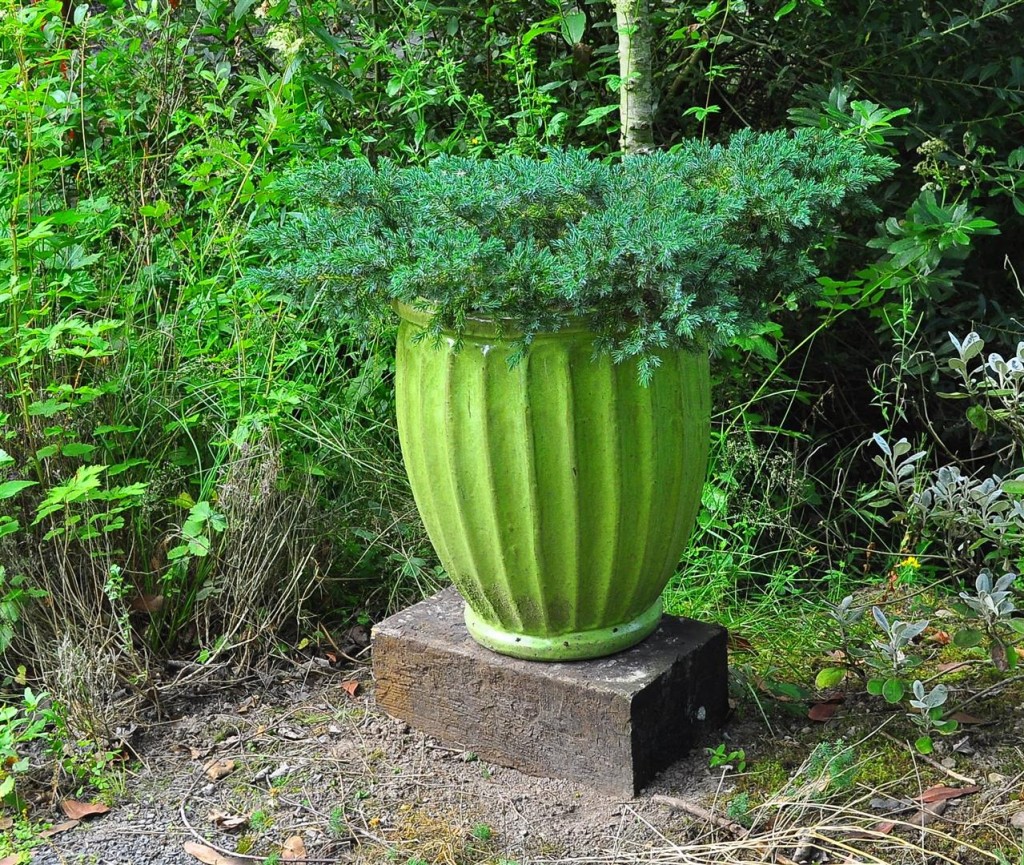
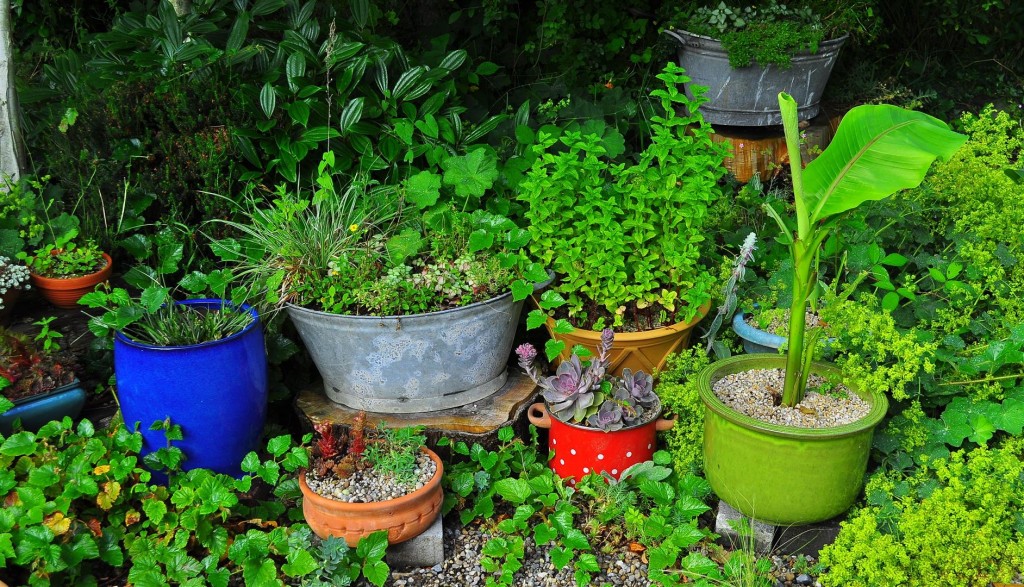
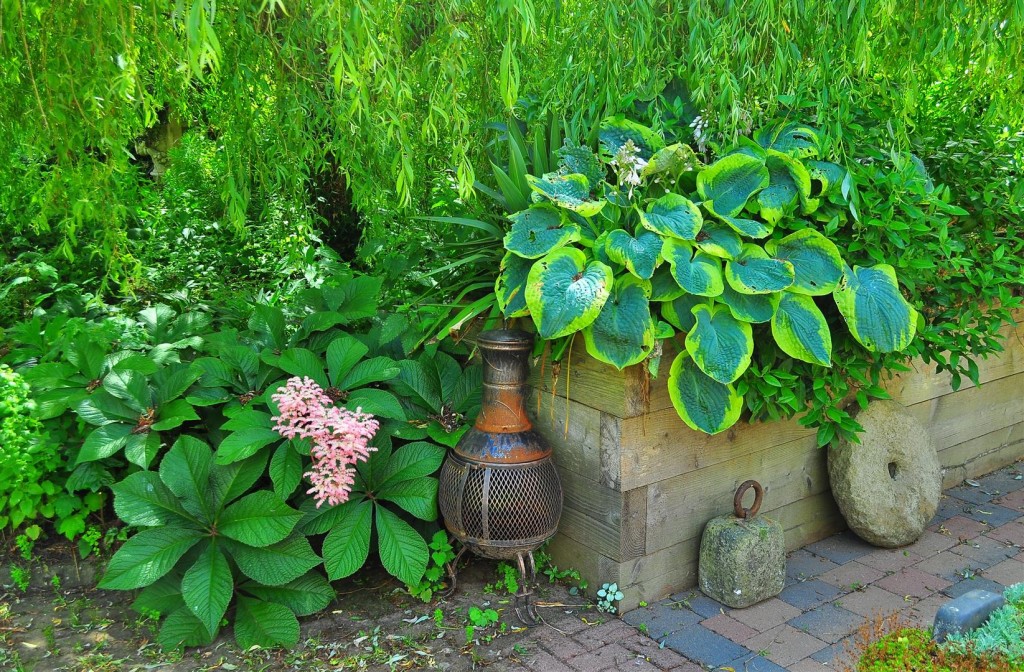
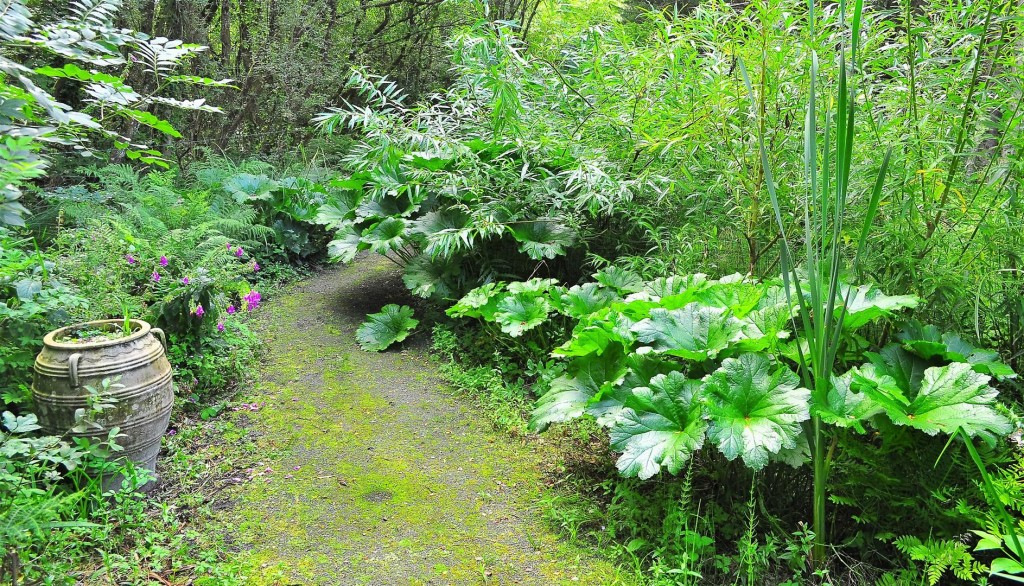
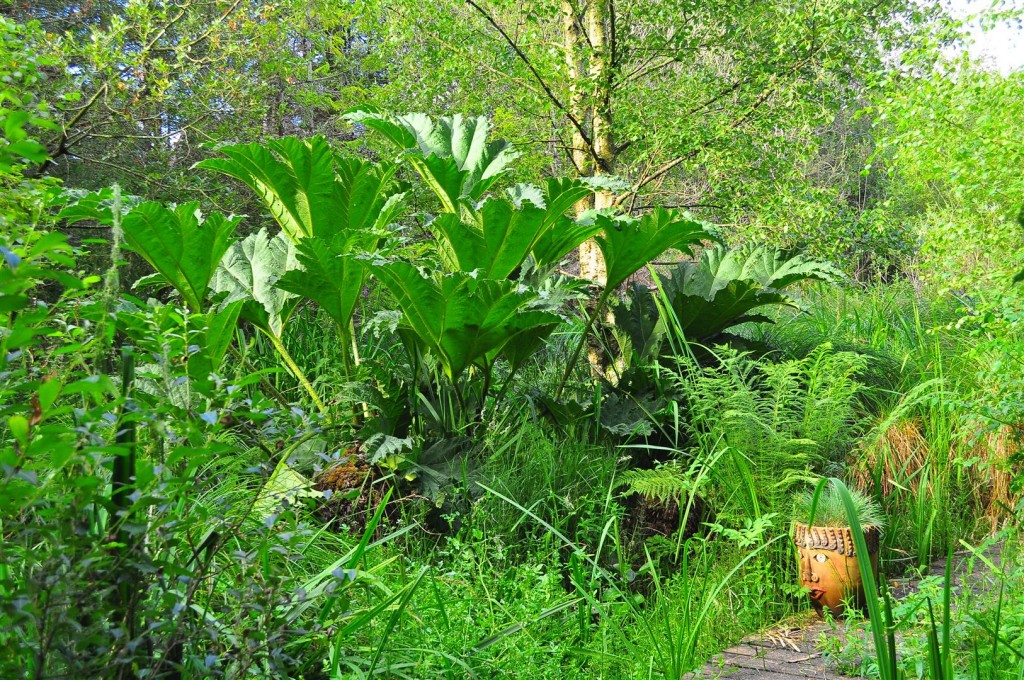
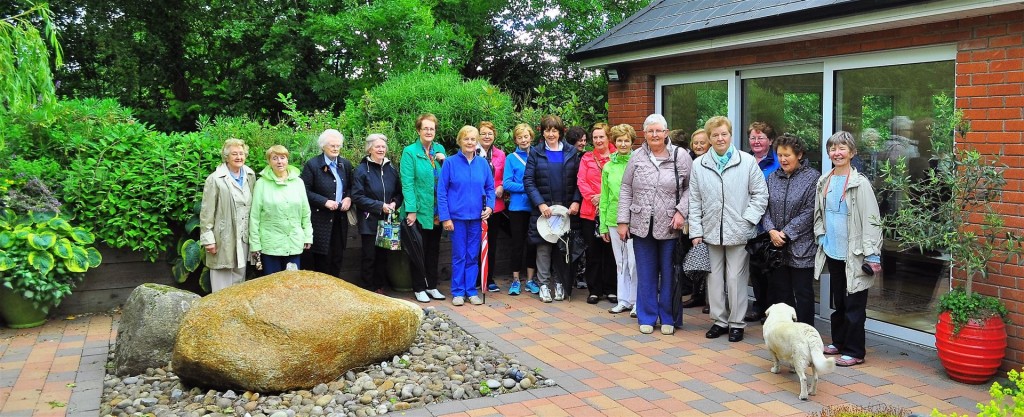
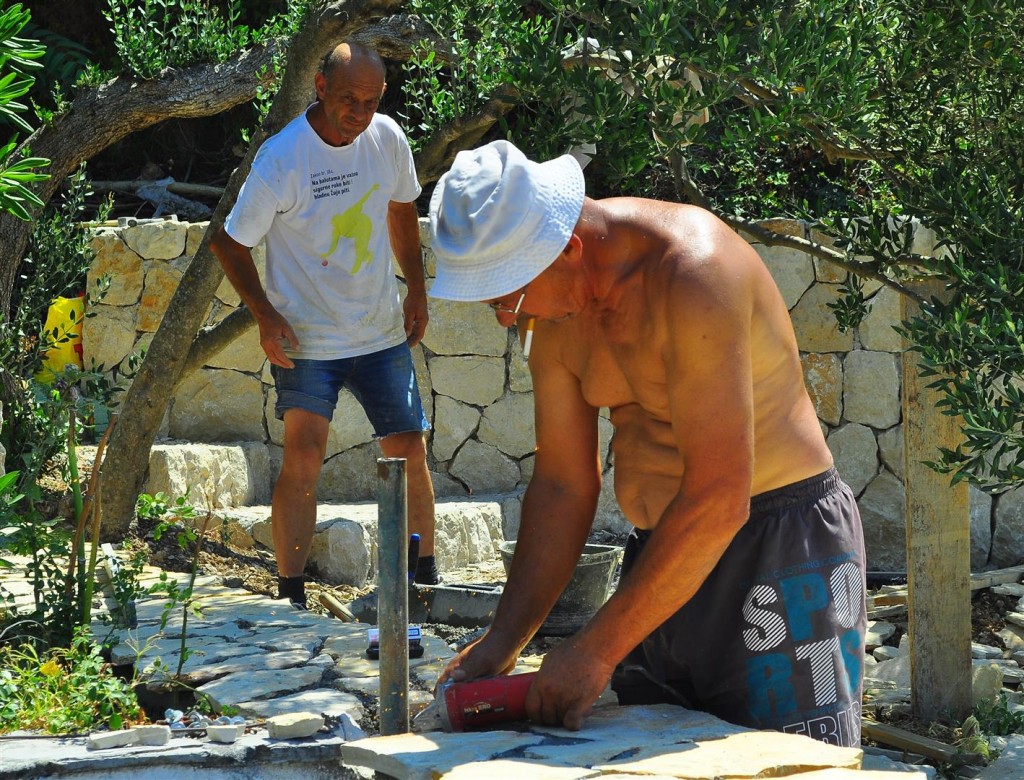
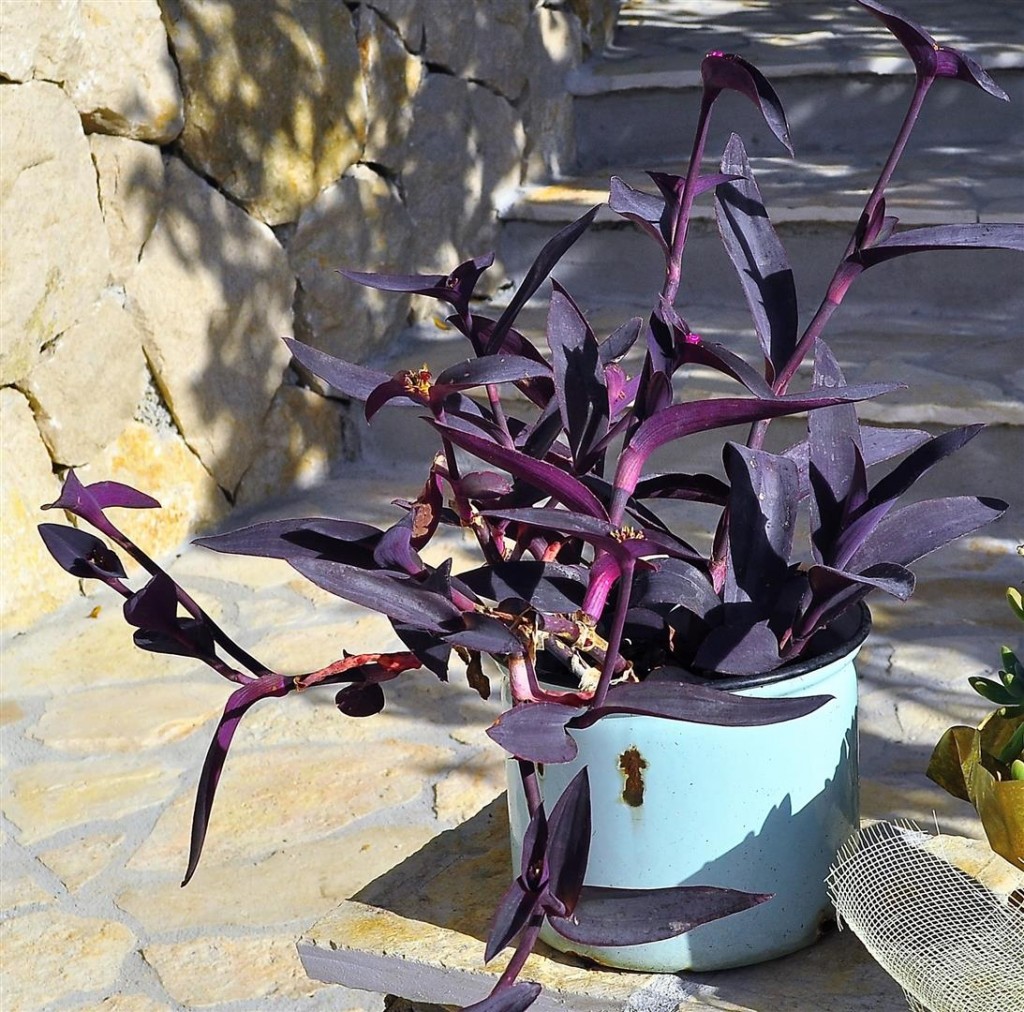
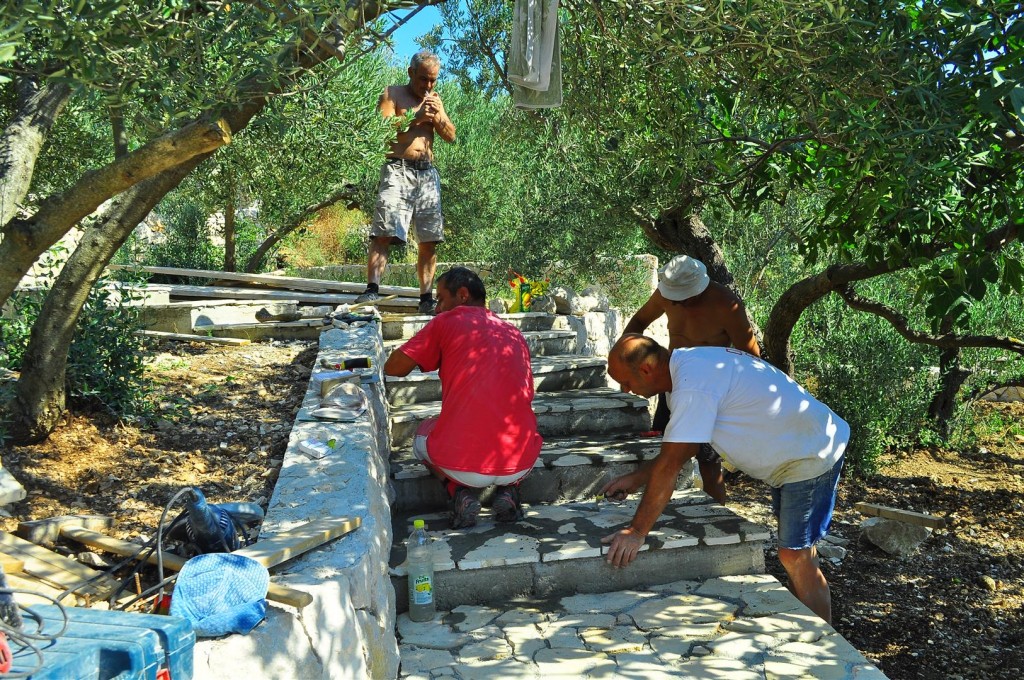
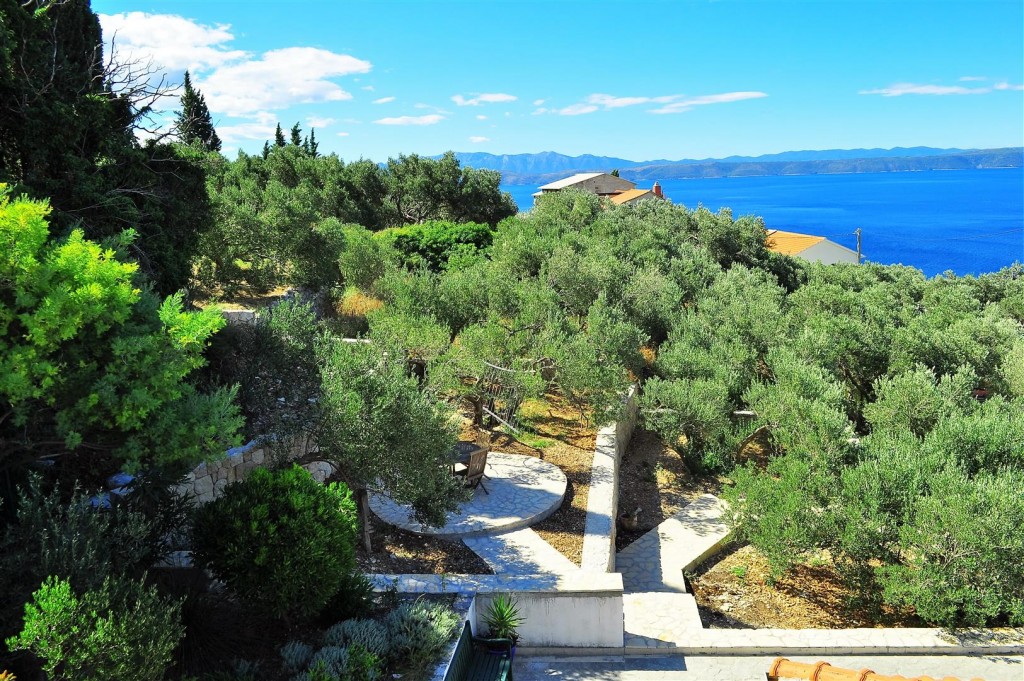
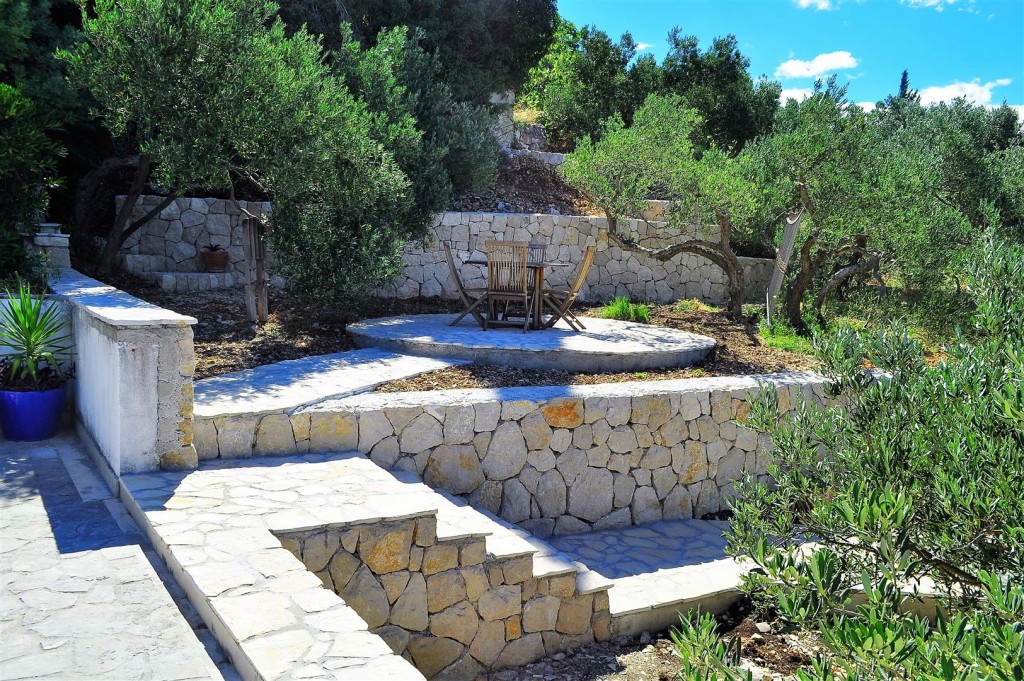
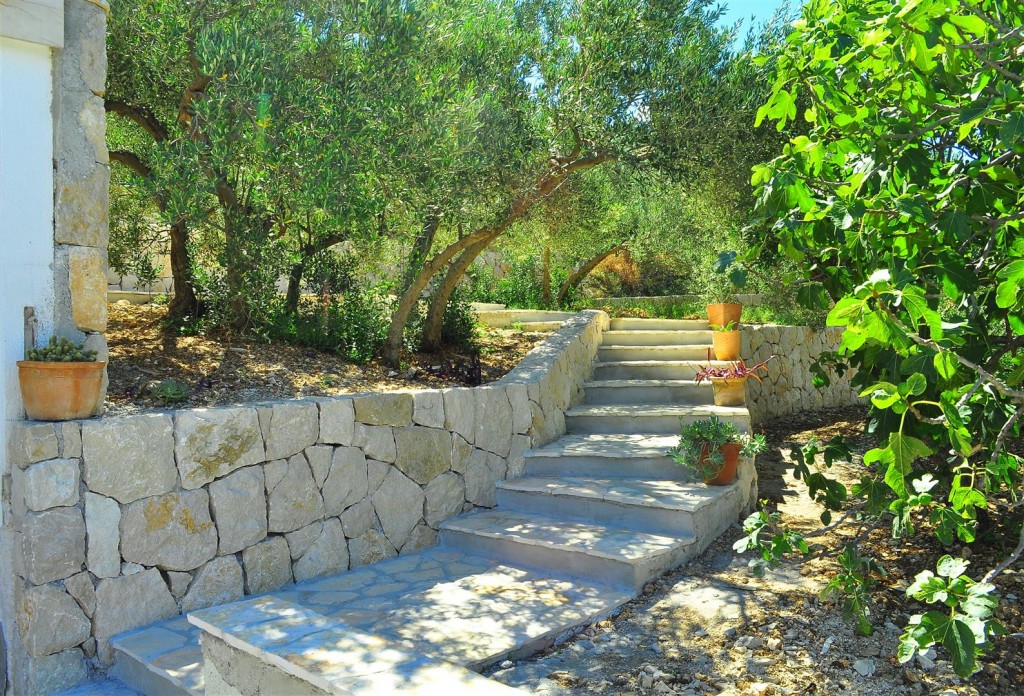
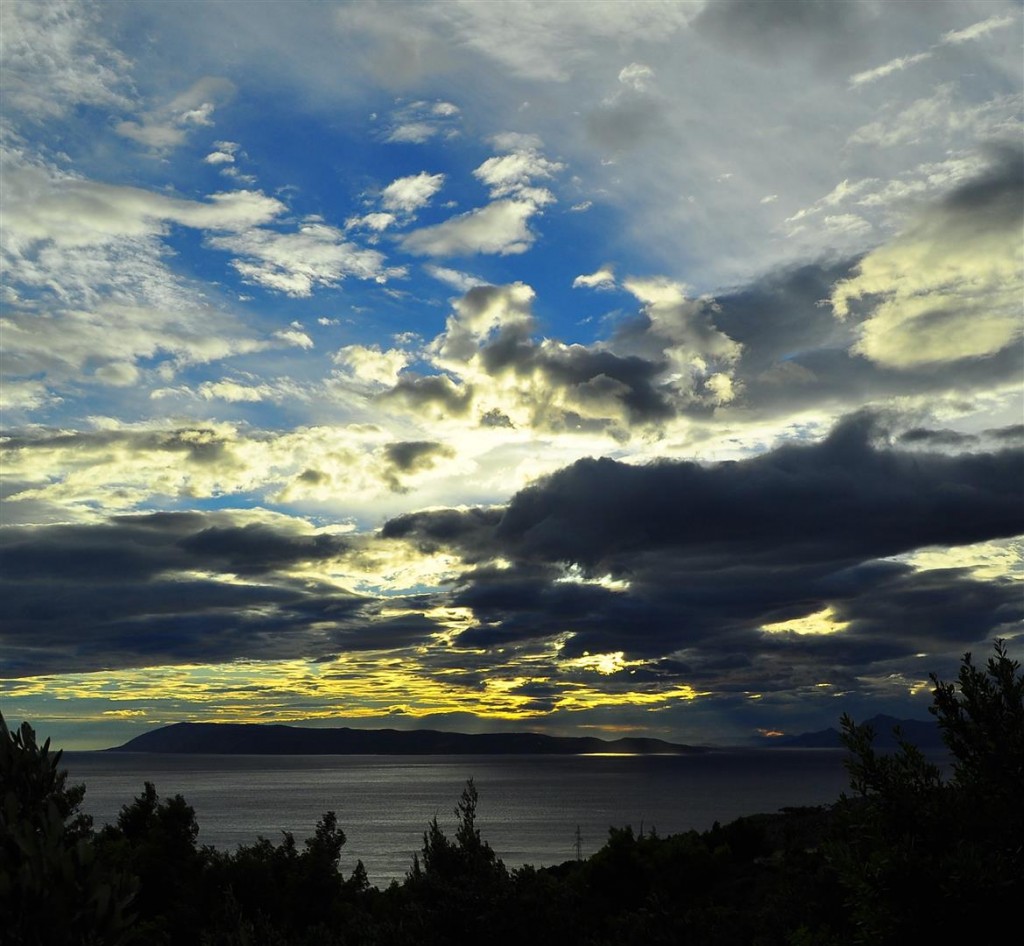
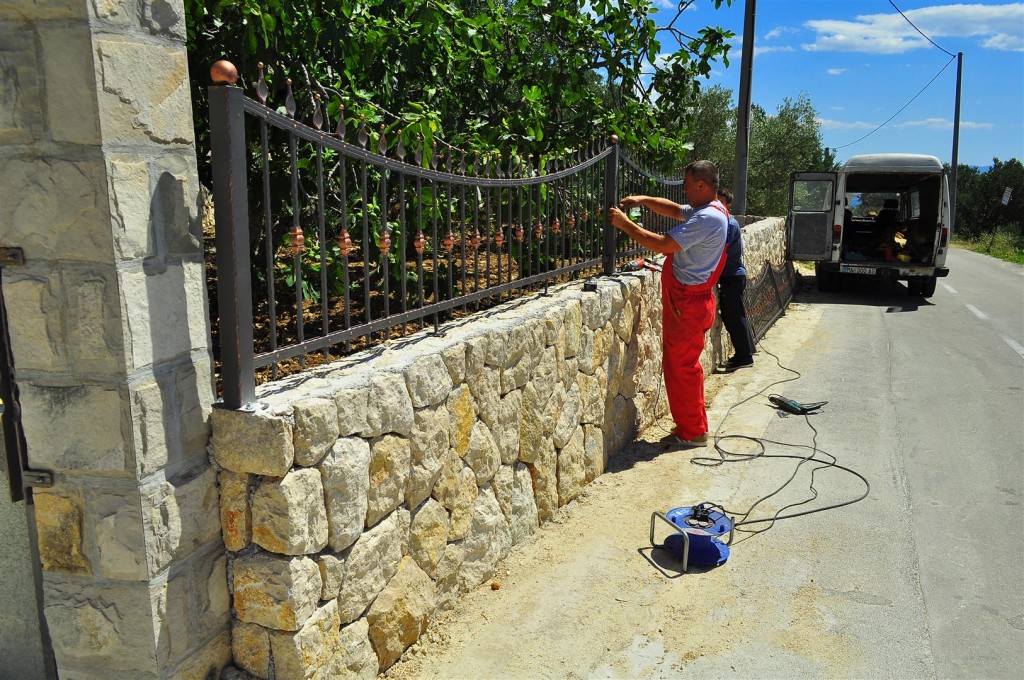

Leave a Reply